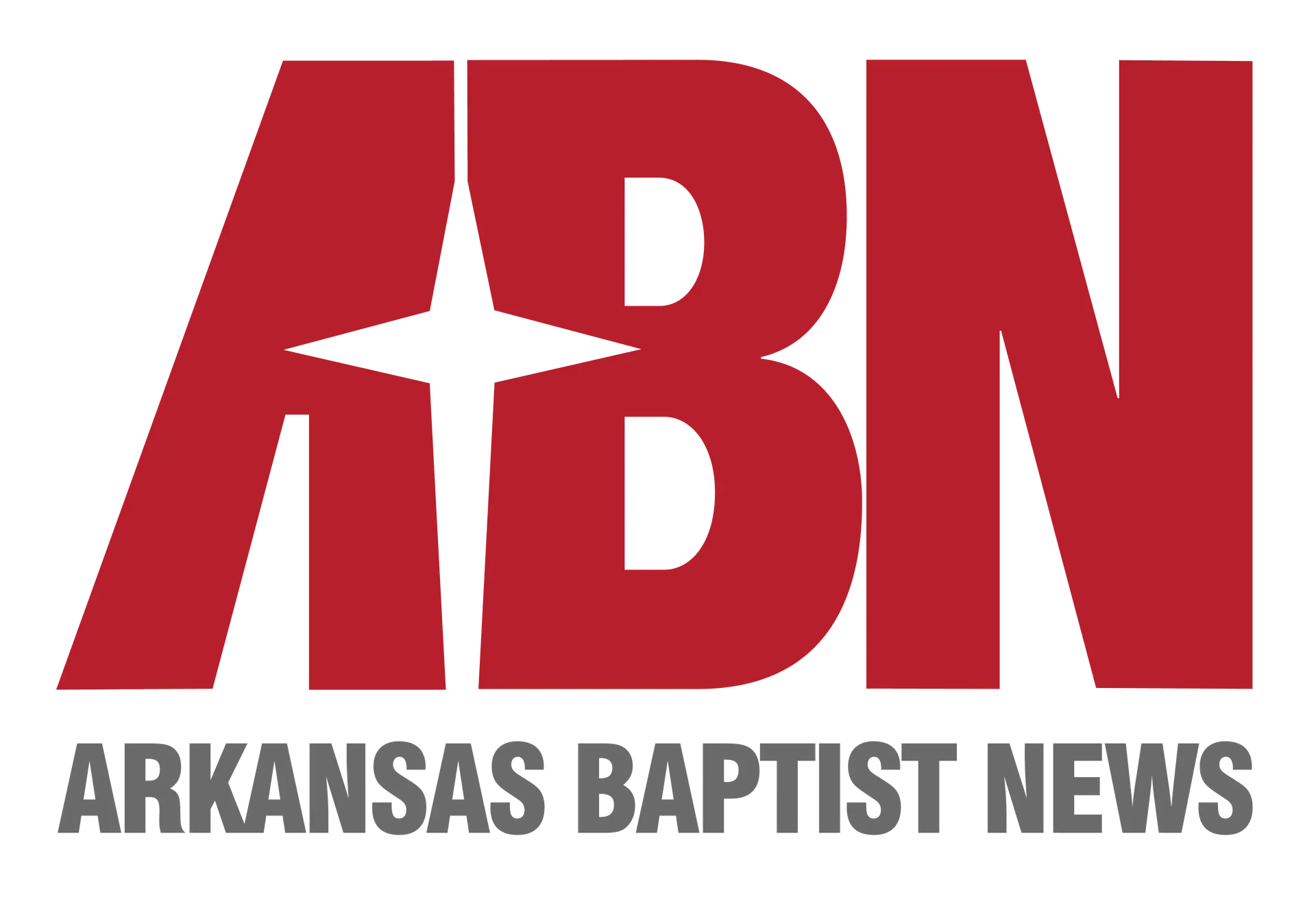This article by Kie Bowman, senior pastor emeritus of Hyde Park Baptist Church and The Quarries Church in Austin, Texas and the SBC National Director of Prayer was originally published at baptistpress.com.
Jim Cymbala knows what it’s like to face discouragement. In his early days of ministry at what was then a tiny congregation meeting in a rundown old building in Brooklyn surrounded by heroin and crack addicts, he became so dispirited that he wanted to quit.
Then, one day the Lord led Pastor Cymbala to make prayer the driving force of the dying church. Cymbala told his church, “I really feel that I’ve heard from God about our church’s future. From this day on, the prayer meeting will be the barometer of our church.… If we call upon the Lord, He has promised in His Word to answer, to bring the unsaved to Himself, to pour out His Spirit among us. If we don’t call upon the Lord, He has promised nothing…. the future will depend upon our times of prayer.” Fueled by Cymbala’s vision of prayer, Brooklyn Tabernacle became one of the largest churches in the United States with thousands gathering weekly for the Tuesday night prayer meeting.
Ironically, even though many pastors have been energized by Cymbala’s vision of the church as a house of prayer, he himself discounts the significance of his vision. He said, “Last time I read my Bible, it said it was Christ’s church, not mine.” Pastor Cymbala doesn’t think he needs a vision for the Brooklyn Tabernacle, because he believes the vision of the church as a “house of prayer” is from the Lord. Still, few leaders have done as much to cast the vision of the church as a house of prayer, not only to his own congregation but to the entire body of Christ. In that way, he may be a reluctant visionary.
A visionary leader can see a future others haven’t considered and can mobilize people to accomplish what they would have never attempted on their own. As we have often heard, “People don’t follow a vision. People follow a leader with a vision.”
What if a pastor believes that Jesus was serious when He said, “…My house shall be called a house of prayer for all the nations. But you have made it a den of robbers” (Mark 11:17)? How does the pastor cast that vision to the church? What are the tools available to every pastor?
Preach
Stephen Olford once said, “Only one thing will ever take the place of great preaching – and that’s greater preaching!” Every preacher hopes his sermons make a difference, and research indicates that sermons still persuade people to pray. In fact, a survey of over 5000 church attenders discovered “the sermon is the component of the church service most likely to impact their spiritual growth.”
Every pastor who wants to develop a culture of prayer should have a strategic plan for preaching on the subject of prayer. With hundreds of biblical references on prayer, there is no shortage of sermonic material.
Equip
Preaching is essential, but it is not exclusive in developing a culture of prayer. A culture of prayer thrives in a context of consistent teaching. So, after bold preaching comes an intentional commitment to practical teaching. What’s the difference?
In Acts 2:14-40 on the Day of Pentecost we find the first sermon of the church. Immediately after the message, 3000 new converts were baptized, and Luke summarized the immediate discipleship strategy: “And they devoted themselves to the apostles’ teaching…” (Acts 2:42).
The word translated “teaching” is used about 30 times in the Greek New Testament to describe the process of instruction from a root word meaning to learn. The word is used a few more times in Acts, but its first occurrence is in Acts 2:42. By using this unique word, Luke distinguishes the ministry of teaching from the ministry of preaching.
The teaching process encourages creative approaches for discipling people. For instance, you may offer prayer courses in small, informal groups where dialogue and greater detail is possible. Or you may host occasional prayer conferences. You have numerous options. Remember, the disciples said, “Lord, teach us to pray.” Your congregation is still making the same request, so teach the church to pray.
Resource the ministry
Charlie Tremendous Jones once said, “You will be the same person in five years as you are today except for the people you meet and the books you read.” If you plan to develop a culture of prayer, you must invest in the inner life of your people by exposing them to great books on prayer.
The pastor might give every prayer leader a copy of his favorite book on prayer. The church can provide every small group leader a copy. When the church welcomes guests or new members, why not put a book on prayer in their gift packet?
For a less expensive option the pastor can email the congregation his recommended reading list of books on prayer or a list of his favorite quotes on prayer. Provide links to online articles on prayer. Flood the congregation with resources on prayer.
Pray
Someone once observed that the secret of prayer is praying! All the sermons, classes, and books we read on the subject of prayer will never be enough until we actually pray.
Everyone in your church can pray. From older saints to younger children, we all learn to pray by praying. Work, therefore, to create more meaningful times for prayer in all existing services, and schedule more dynamic prayer meetings.
Any pastor anywhere can cast a vision to create a culture of prayer. You have the tools. Start where you are. The time to begin is now.

